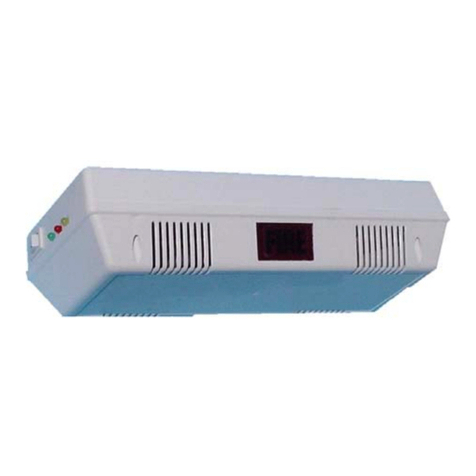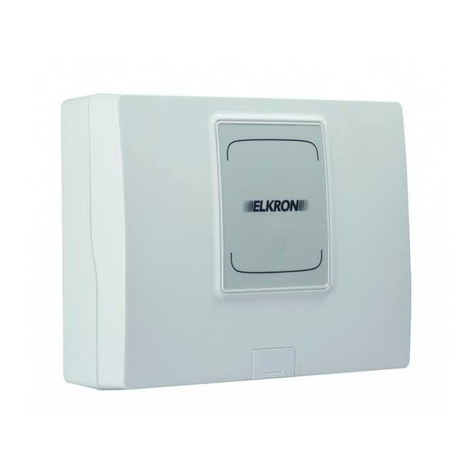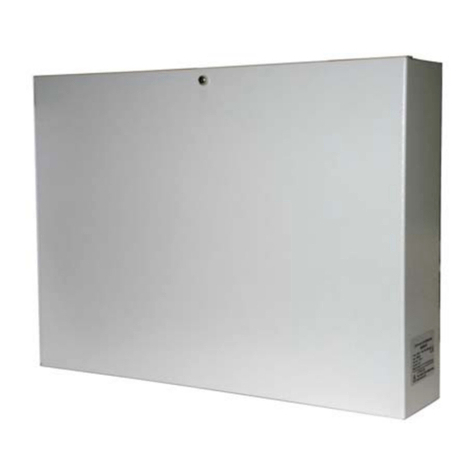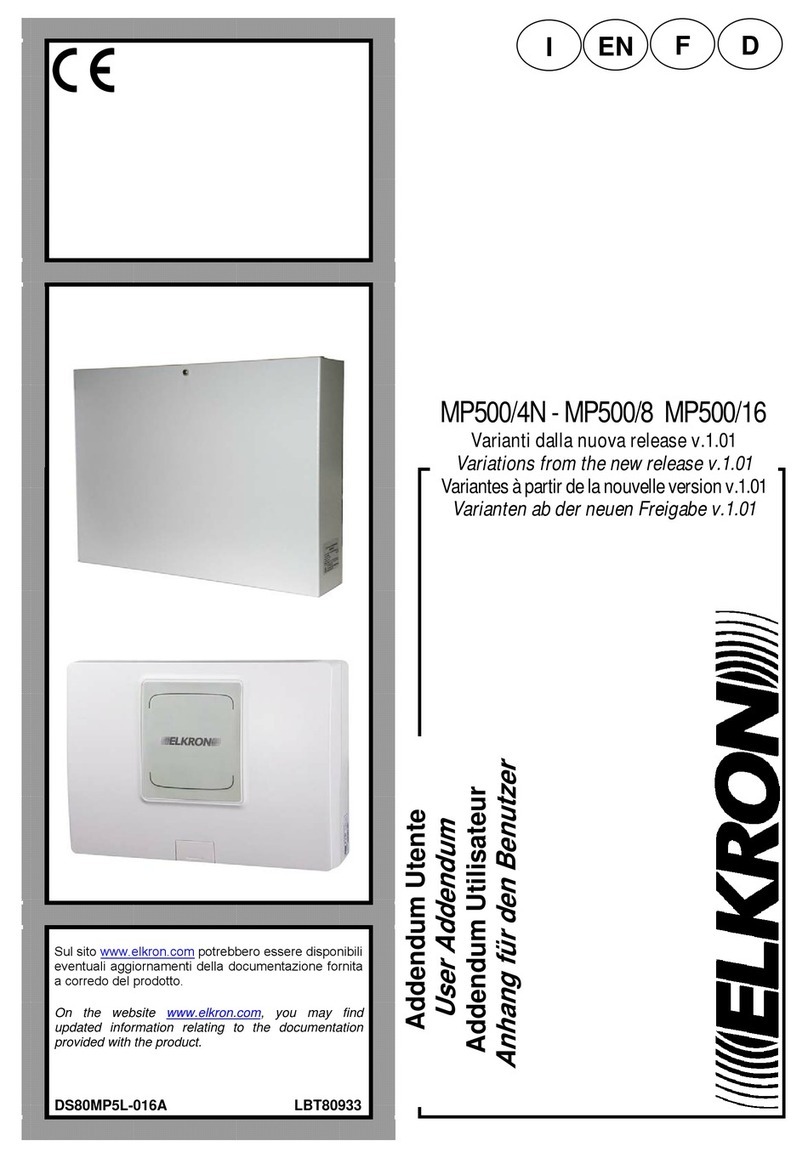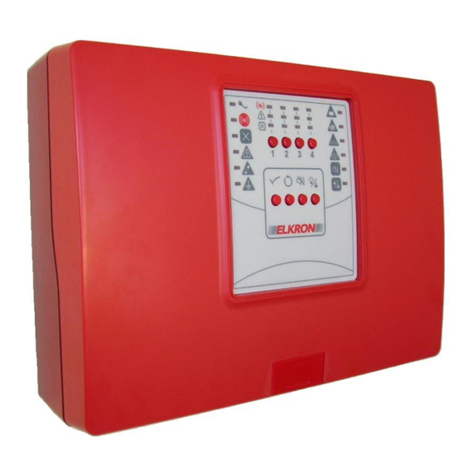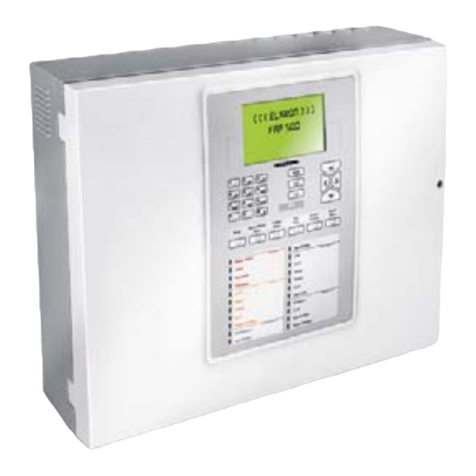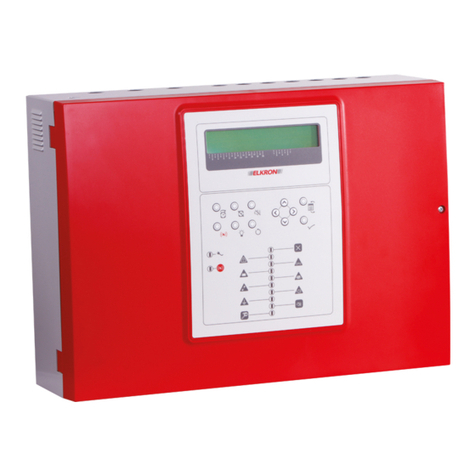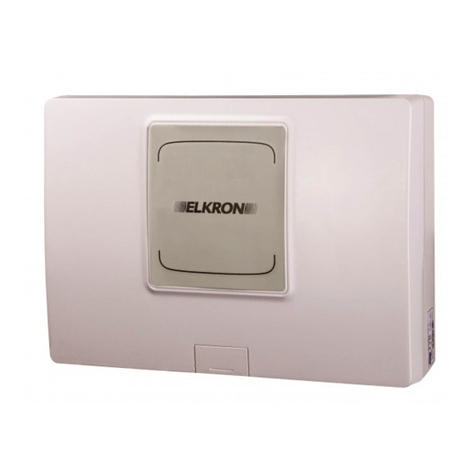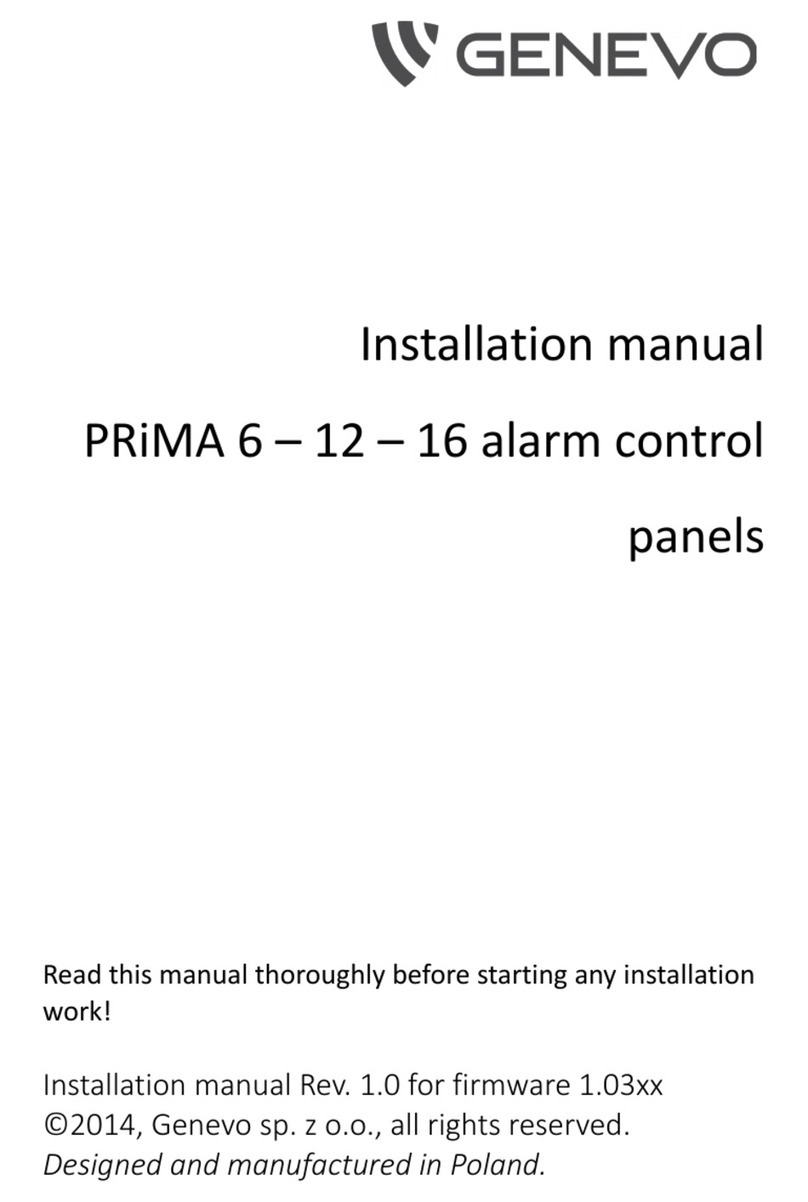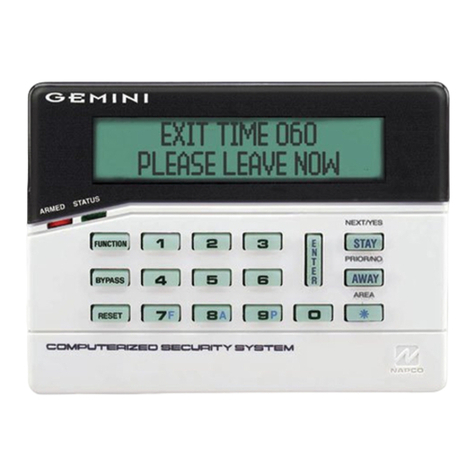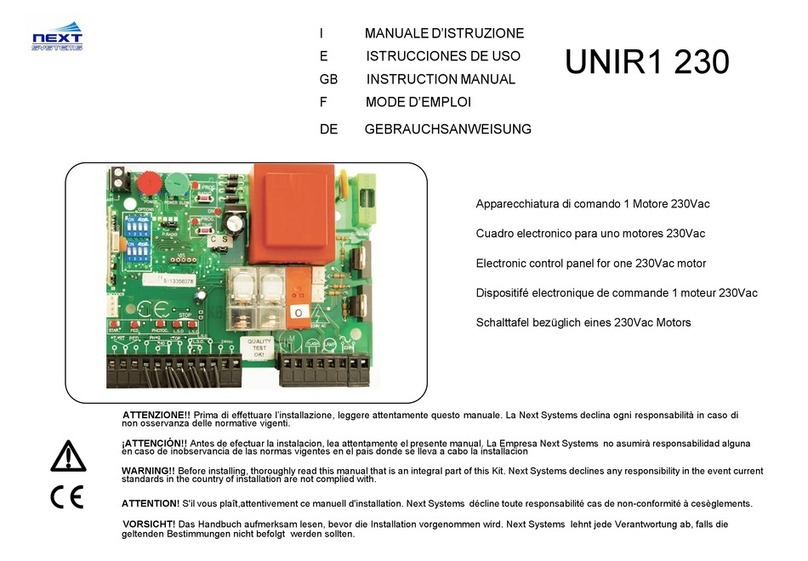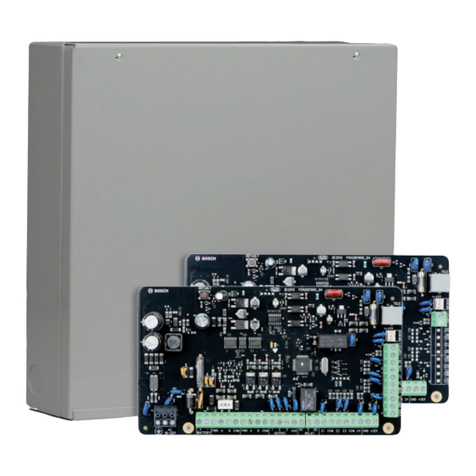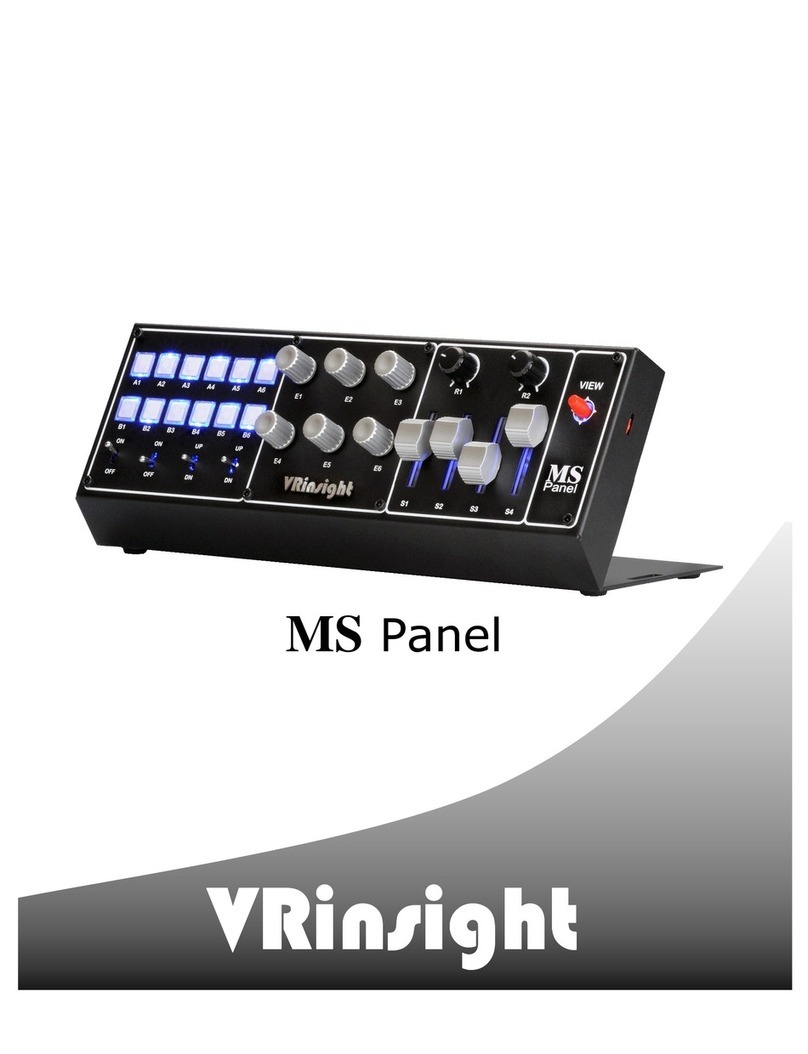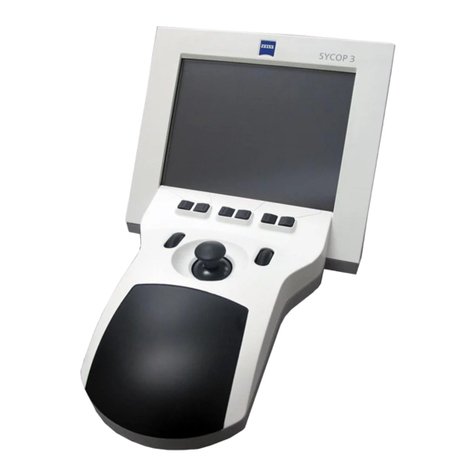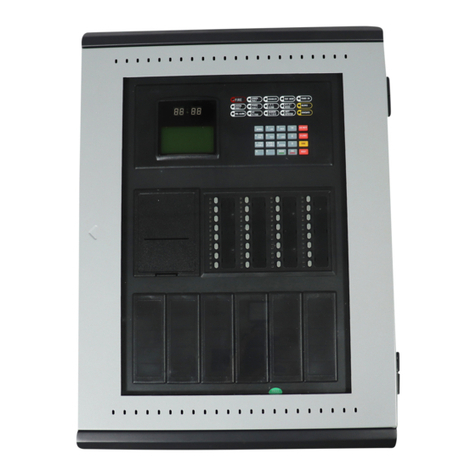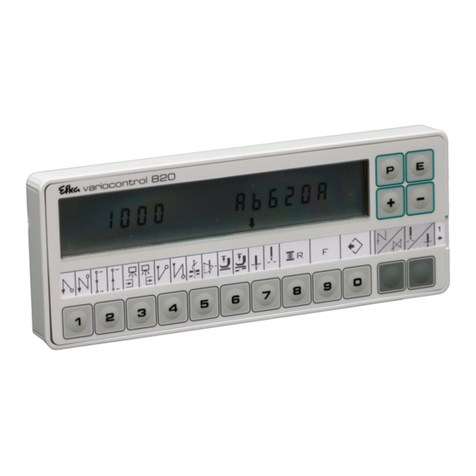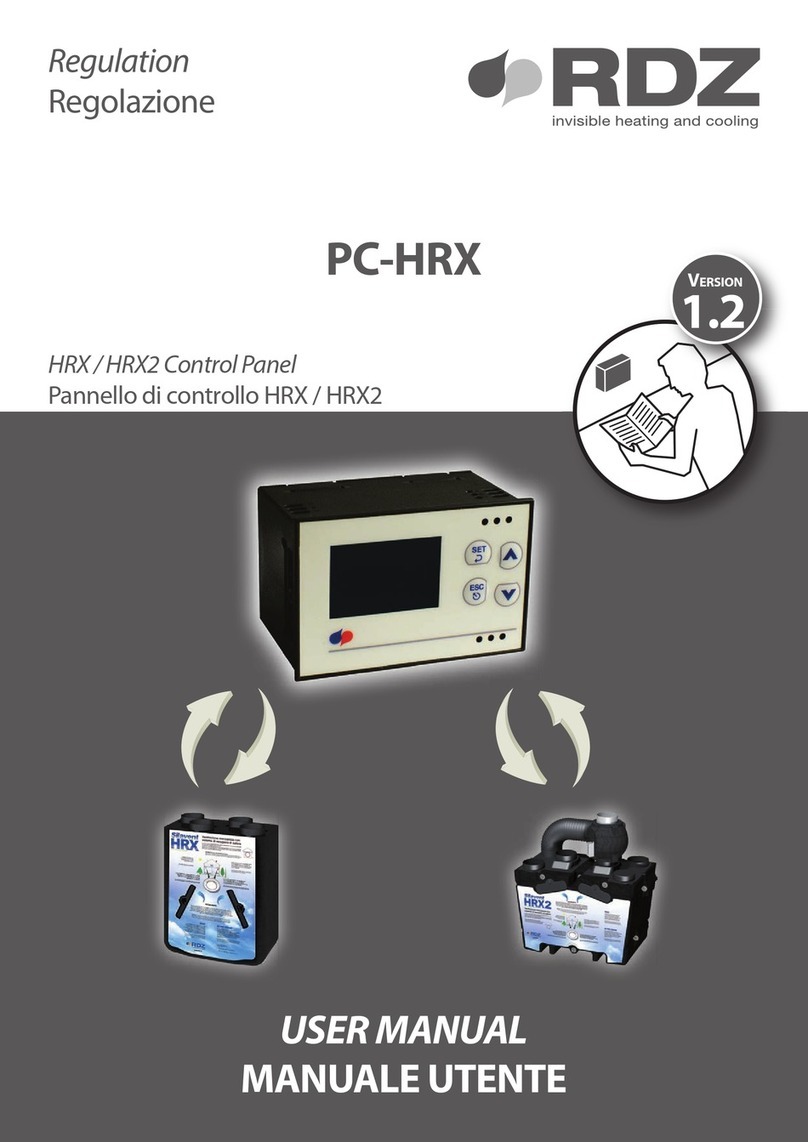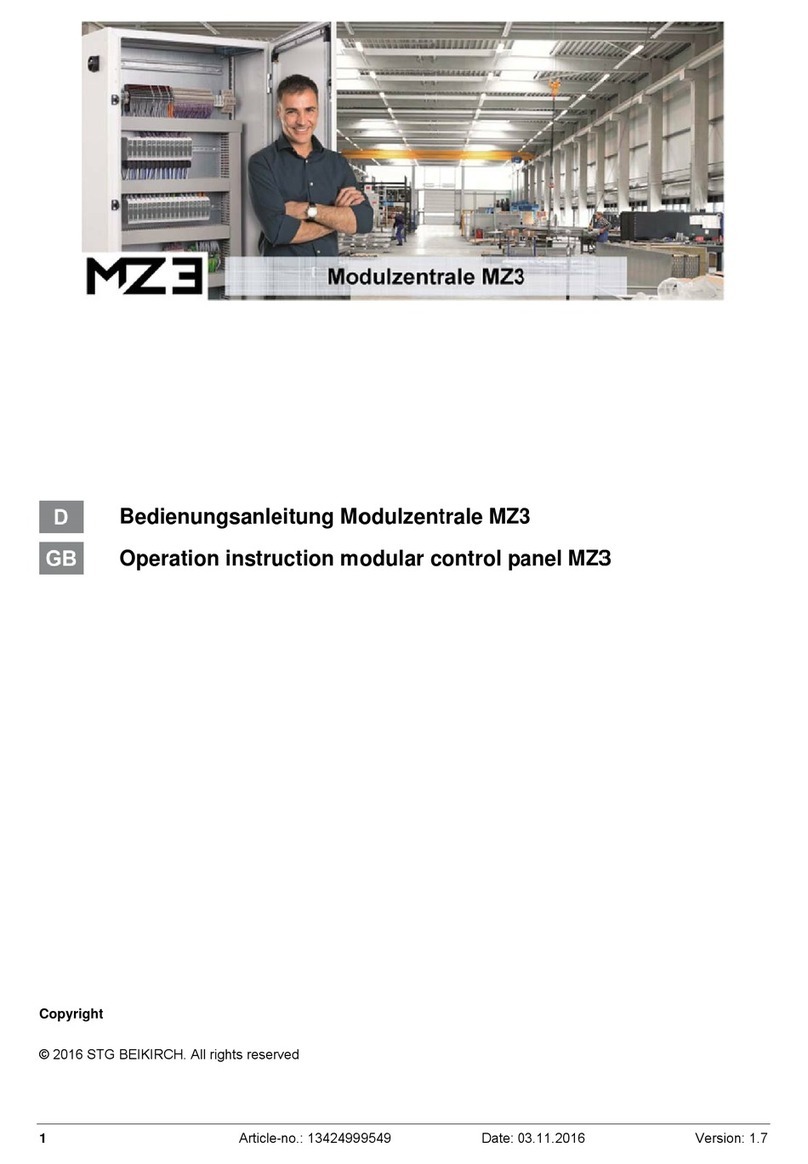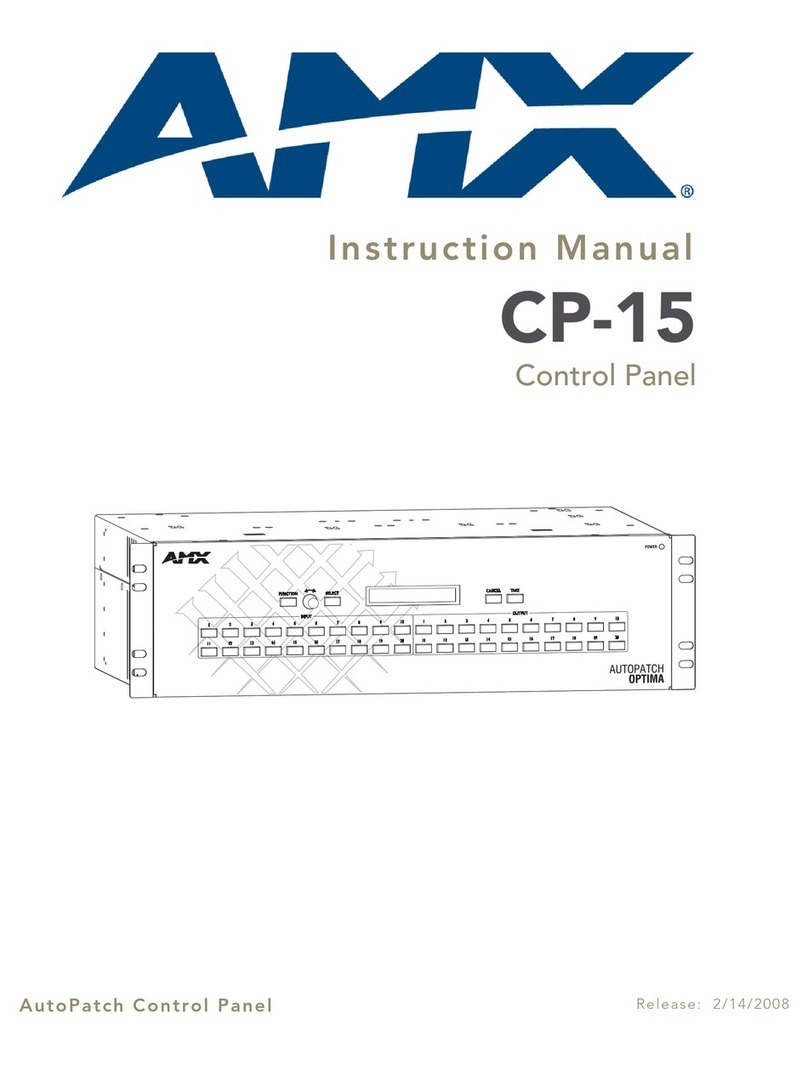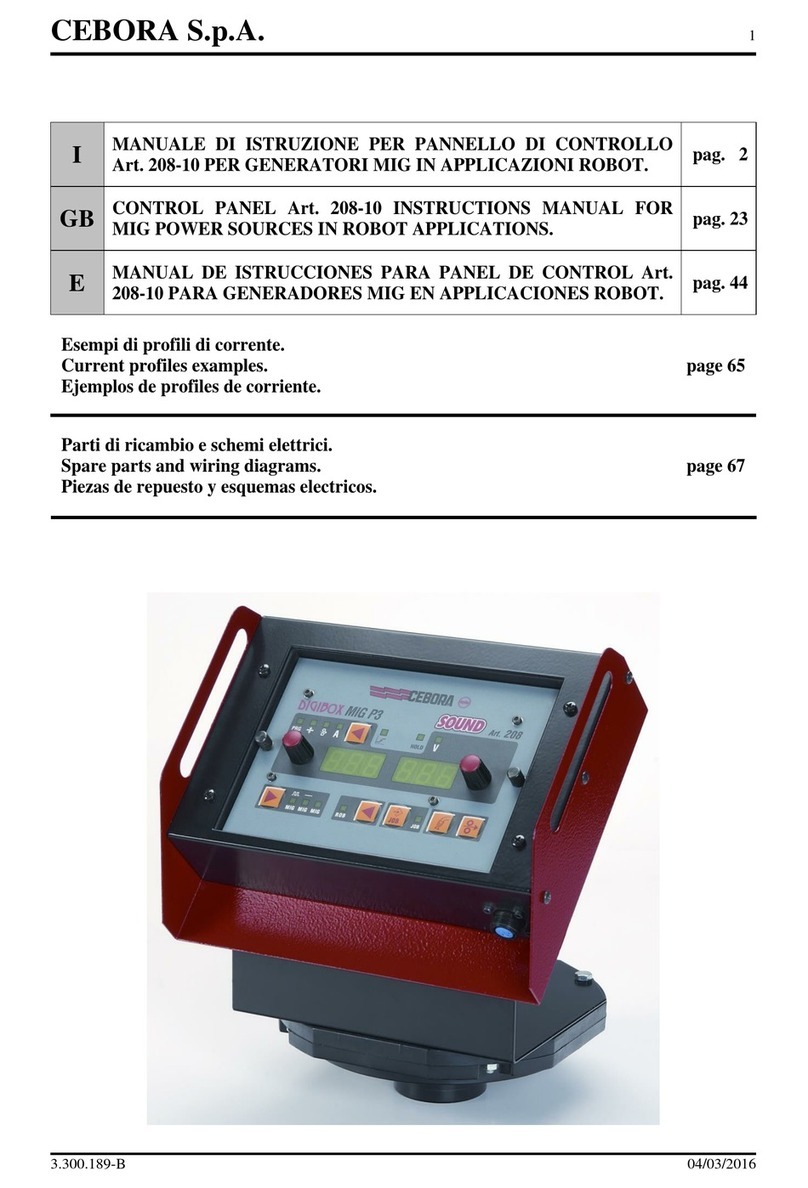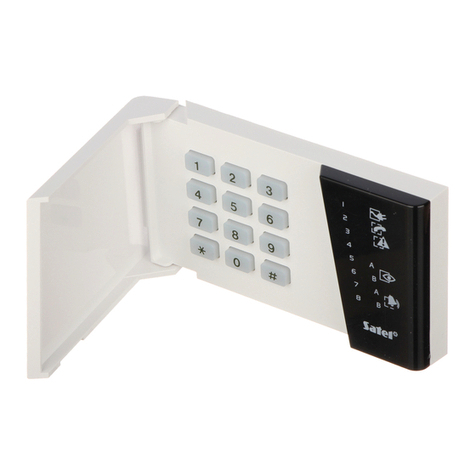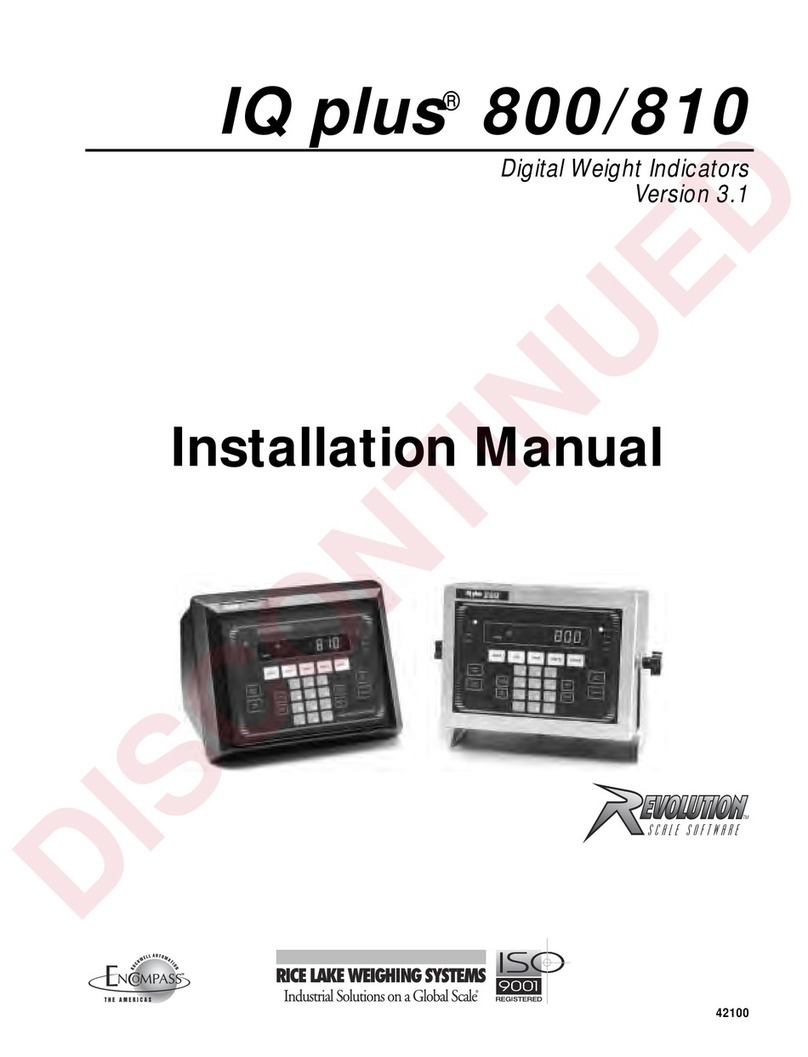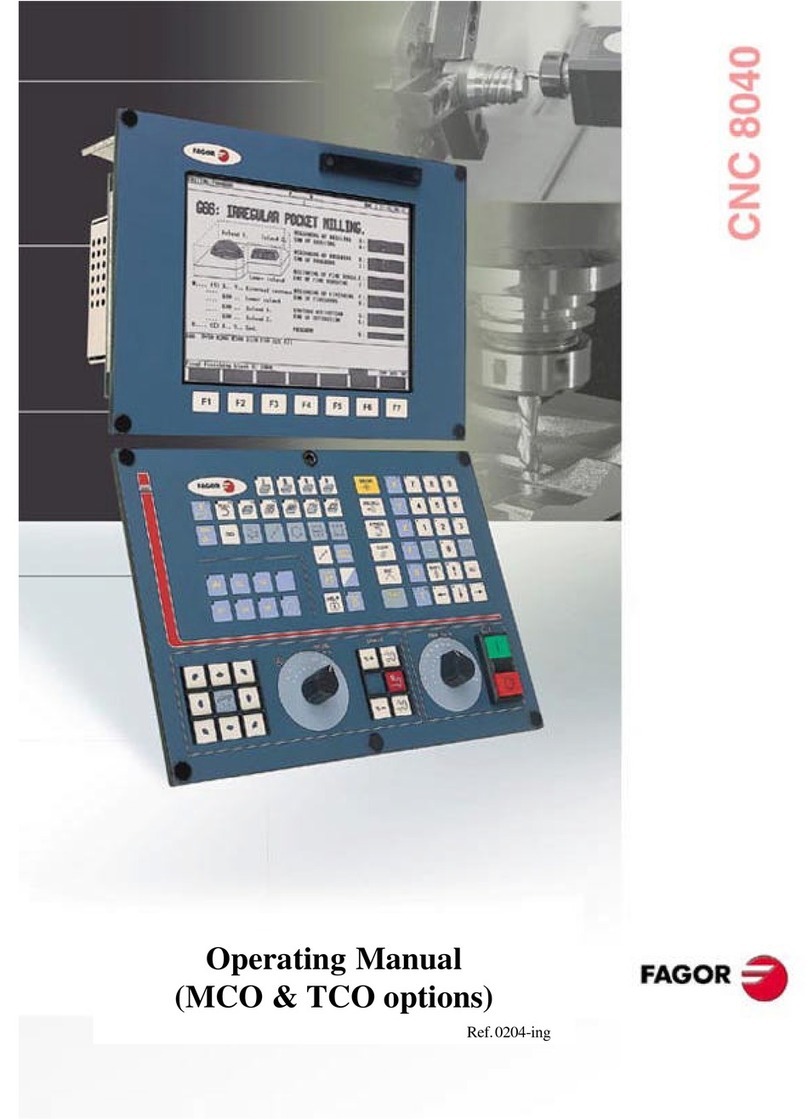FAP54
3/144
1INTRODUCTION........................................................................................................................8
1.1 TERMINOLOGY.................................................................................................................................8
1.2 BASIC CONCEPTS ...........................................................................................................................9
1.3 DETECTORS, MANUAL BUTTONS AND OUTPUT MODULES......................................................9
1.4 DETECTION LINES AND CONTROL PANEL ................................................................................10
1.5 ZONE................................................................................................................................................10
1.6 GROUP OF POINTS........................................................................................................................11
1.7 GROUP OF ZONES.........................................................................................................................11
1.8 OPERATING MODES OF ZONES AND GROUPS .........................................................................12
1.9 ALARM CONDITION MODES OF ZONES AND GROUPS ............................................................12
2OPERATING MODES..............................................................................................................14
2.1 SCANNING PHASE.........................................................................................................................14
2.1.1 ALARM DISPLAY........................................................................................................................................15
2.1.2 GENERAL FAULT DISPLAY ......................................................................................................................16
2.1.3 FIELD FAULT DISPLAY .............................................................................................................................16
2.1.4 EXCLUSION DISPLAY ...............................................................................................................................17
2.1.5 MAINTENANCE DISPLAY..........................................................................................................................17
2.1.6 SLAVE CONTROL PANEL DISPLAY.........................................................................................................18
2.1.7 GENERIC EVENTS DISPLAY....................................................................................................................19
2.1.8 USER’S INFORMATION DISPLAY.............................................................................................................19
2.1.9 ACQUISITION OF ALARM, FAULT OR MAINTENANCE EVENT.............................................................19
2.1.10 GLOBAL RESET.........................................................................................................................................19
2.1.11 PROGRAMMING PHASE...........................................................................................................................19
2.2 FAP54 - MODULAR STRUCTURE..................................................................................................20
2.3 EMERGENCY OPERATION............................................................................................................21
2.4 INDICATORS, KEYS, RELAYS, JUMPERS ...................................................................................21
2.4.1 FRONT SIDE INDICATORS .......................................................................................................................21
2.4.2 KEYS (Tot 26).............................................................................................................................................22
2.4.3 OUTPUTS AND RELAYS...........................................................................................................................23
2.4.4 JUMPERS...................................................................................................................................................23
2.5 MODEM (OPTIONAL)......................................................................................................................23
2.6 MASTER AND SLAVE CONTROL PANELS (OPTIONAL) ............................................................24
2.7 CONNECTION WITH PERSONAL COMPUTER.............................................................................24
2.8 CONTROL PANEL PROGRAMMING .............................................................................................25
2.8.1 PROGRAMMING THROUGH CONTROL PANEL MENU..........................................................................25
2.8.2 PROGRAMMING VIA PC ...........................................................................................................................25
3MENU PROG– Control panel programming.........................................................................26
3.1 CIRCUIT...........................................................................................................................................27
3.1.1 CONFIGURE ALL THE CIRCUITS.............................................................................................................27
3.1.2 CONFIGURE SINGLE CIRCUIT.................................................................................................................29
3.1.3 MANUAL CIRCUIT CONFIGURATION ......................................................................................................33
3.1.4 INCLUDE/EXCLUDE...................................................................................................................................34
3.1.5 VERIFY .......................................................................................................................................................34
3.1.5.1 POINT VERIFICATION 34
3.1.5.2 POINT ADDRESSES (SINGLE LINE) 39
3.1.5.3 POINT ADDRESSES (ALL LINES) 40
3.1.5.4 CABLE LENGTH FOR LOOP MODE CIRCUITS 40
3.1.5.5 SEARCH FOR MULTIPLE ADDRESSES 40
3.1.5.6 SEARCH SHORT CIRCUIT 41
3.1.5.7 SEARCH OPEN LOOP 41
3.1.6 DELETE ALL THE ASSOCIATIONS...........................................................................................................42
